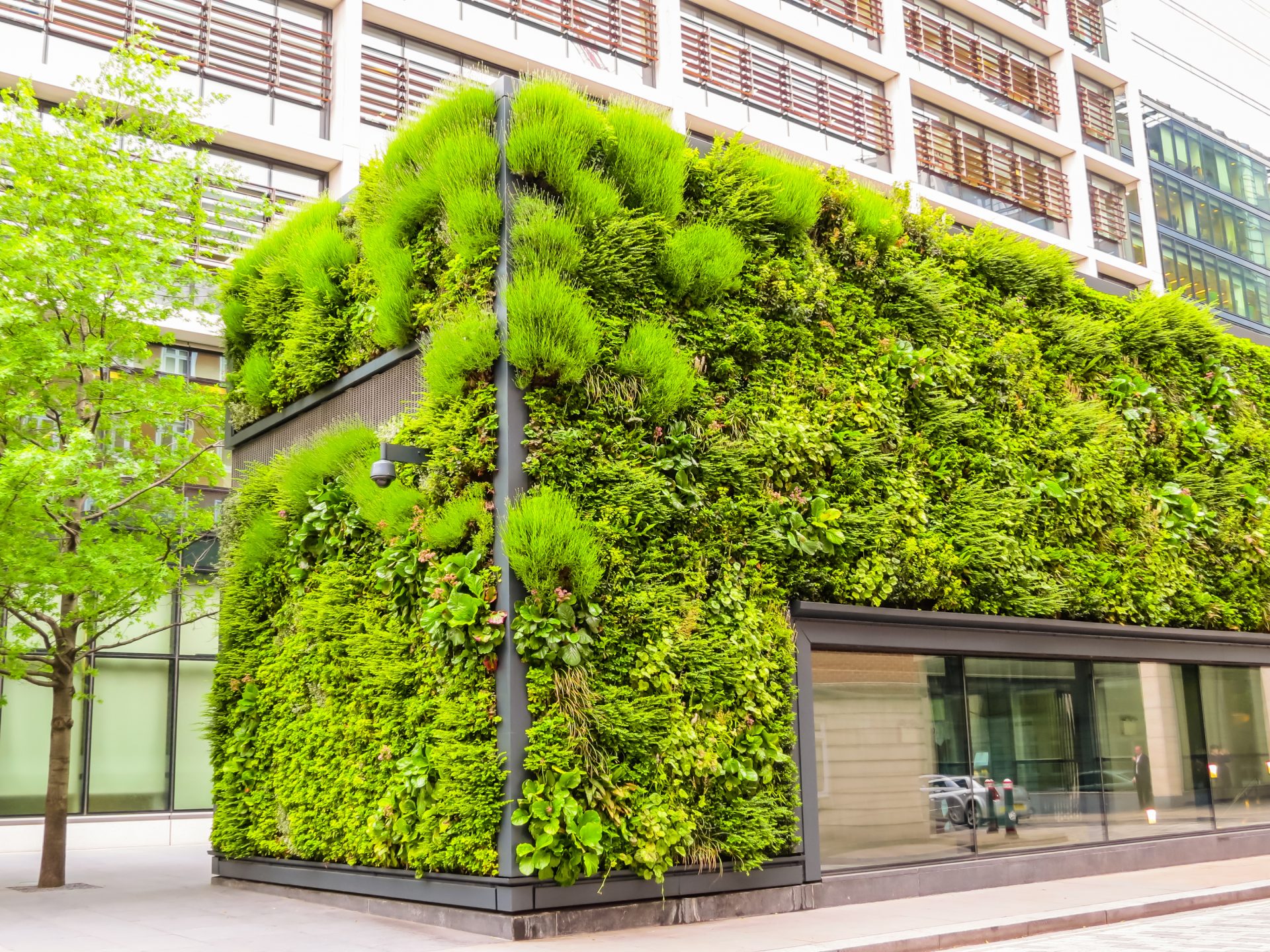As organisations – and the government – look to cut emissions, carbon-neutral buildings are becoming a more popular investment.
Back in 2021, the government announced plans to reduce national carbon emissions by 78 per cent by 2035 to meet its goal to be net carbon zero by 2050. The regulations state that all new buildings must produce significantly less CO2. For new-build homes, emissions must be around 30 per cent lower than current standards, and for offices and shops, emissions must be cut by 27 per cent.
It’s not just new buildings that can cut carbon. Existing buildings can be retrofitted to reduce emissions, with an ever-growing range of technologies to choose from.
Here are some of the best ways to make your building carbon neutral.
What is a carbon-neutral building?
A carbon-neutral building is one with a net carbon output of zero. Carbon-neutral buildings are designed to reduce emissions and offset any residual emissions.
Invest in renewable energy
Renewable energy is one of the easiest ways to make your building carbon neutral. You can either source your energy from renewable, off-site suppliers or generate your own.
If you choose to invest in generating your own renewable energy on-site, not only will you cut your emissions, but you’ll also cut your energy bills. With the cost of power soaring, recuperation times for renewable energy infrastructure have been greatly reduced.
There is a wide range of types of renewable energy to invest in. Solar, wind, biomass, hydro, waste and anaerobic digestion are just a few sources of energy you can harness on your premises.
You can find out more about the best types of renewable energy for businesses here.
Insulate your buildings
Insulation is key in making your building energy efficient. Older buildings often lack adequate wall insulation, which in turn allows heat to escape, resulting in the need for more energy-guzzling heating. Invest in building insulation to cut down your energy usage – and your heating bills.
To make sure your insulation is eco-friendly too, you can opt for insulation made from recycled materials.
Double-glazed windows and doors are also essential to insulating your building.
Plant greenery
Plants capture carbon, so planting greenery on your premises is a great way to offset your emissions. Trees are among the best carbon sinks, so if you have plenty of outside space, planting trees is a good investment.
If you lack outside space, living walls and green roofs are great alternatives. Covering your walls and roof also makes your building more energy efficient by adding a layer of organic insulation.
Use sustainable building materials
If your building is a new build, using unsustainable building materials can release a significant amount of carbon emissions. Approximately half of all CO2 emissions in the construction industry are from cement production, with an estimated five per cent of CO2 emissions worldwide resulting from cement production.
Opting for low-carbon cement can cut the negative impact of your building on the environment. Recycled concrete is also a significantly greener choice, although it is often only suitable for low-strength applications.
Timber and steel can be suitable, lower-emission alternatives if the structure allows.
Water usage
Water extraction and treatment processes are energy intensive, so if your premises reduces the water it needs to source, your carbon footprint will decrease.
Investing in a closed-loop water supply allows your premises to recycle water and reduce the need for extraction. On-site water recycling systems do use large amounts of energy, but the process is net zero as the emissions are less than those produced during extraction.
You can also harvest rainwater to flush toilets, for example, to reduce the amount of water needed from treatment plants.
These are just a few ways to reduce your organisation’s carbon emissions and help you on your journey to becoming net zero. To discuss your business’ requirements, contact our team of engineers today.
